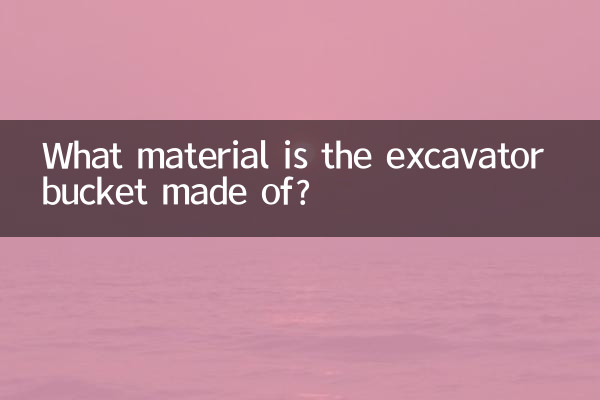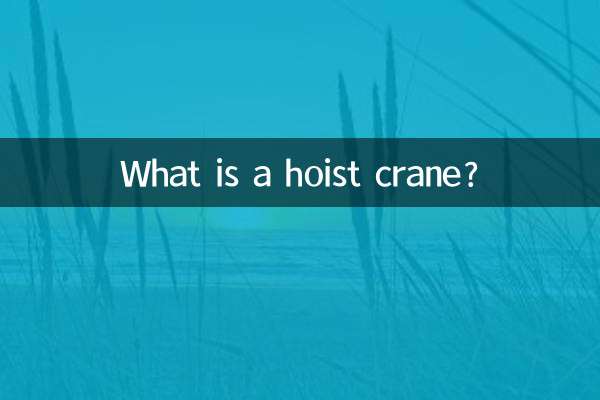What material is the excavator bucket made of?
As an indispensable heavy machinery in engineering construction, the material of the excavator bucket, its core component, directly affects the service life and work efficiency of the equipment. Recently, discussions around the materials of excavator buckets have become increasingly popular across the Internet, especially the analysis of performance comparisons, applicable scenarios and industry trends of different materials. This article will combine the hot content of the past 10 days to present the material classification, characteristics and market applications of excavator buckets in a structured manner.
1. Common material classifications of excavator buckets

The materials of excavator buckets are mainly divided into the following categories. The characteristics and applicable scenarios of each material are as follows:
| Material type | Main ingredients | Hardness (HRC) | Wear resistance | Applicable scenarios |
|---|---|---|---|---|
| High manganese steel | Mn 11%-14%, C 0.9%-1.2% | 20-25 | Very high (hardened after impact) | Mining, rock excavation |
| alloy steel | Cr, Mo, Ni and other elements | 30-40 | high | General earthworks |
| Wear-resistant steel plate | HB400-HB500 | 35-45 | extremely high | Sand, gravel and hard soil excavation |
| composite materials | Ceramic+Metal Substrate | 50+ | super strong | Extremely harsh environment |
2. Hot controversies in material selection
Recent discussions have focused on the following issues:
1.High manganese steel vs wear-resistant steel plate:The characteristic of high manganese steel that its hardness increases after impact makes it advantageous in mining scenarios. However, the initial hardness of wear-resistant steel plates is higher, and some users believe that it is more cost-effective.
2.Composite material applications:New technologies such as ceramic coating can extend the life of the bucket by 3-5 times, but the cost is higher and currently only accounts for 5% of the market share (according to a 2024 industry report).
3. Industry trends and changes in user needs
| trend direction | Specific performance | User concerns |
|---|---|---|
| Lightweight design | Made of high strength low alloy steel (HSLA) | Fuel consumption reduced by 10%-15% |
| Intelligent matching | Automatically recommend materials based on soil hardness | Reduce unnecessary losses |
| Environmentally friendly material | The proportion of recyclable composite materials increases | ESG compliant |
4. Maintenance and material adaptation suggestions
1.Regular inspection:High manganese steel buckets need to be checked for cracks every 500 hours, and wear-resistant steel plates need to pay attention to edge wear.
2.Scene adaptation:For rocky working conditions, it is recommended to choose a reinforced alloy steel bucket with a gear seat, and for loose materials, a lightweight composite material bucket can be selected.
3.Cost accounting:Taking a 20-ton excavator as an example, the single-hour cost comparison of different materials:
| Material | Unit price (10,000 yuan) | Lifespan (hours) | Hourly cost (yuan) |
|---|---|---|---|
| Standard alloy steel | 2.5-3.5 | 3000-4000 | 6-8.75 |
| High-end wear-resistant steel | 4.5-6 | 5000-6000 | 7.5-12 |
| ceramic composite | 8-12 | 8000+ | 10-15 |
5. Future Outlook
According to the prediction of the Construction Machinery Association, the market size of wear-resistant materials will exceed 8 billion yuan in 2025, among which nano-coating technology may become the next technological breakthrough. It is recommended that users make comprehensive decisions based on specific working conditions, budget and environmental protection requirements when purchasing.

check the details

check the details